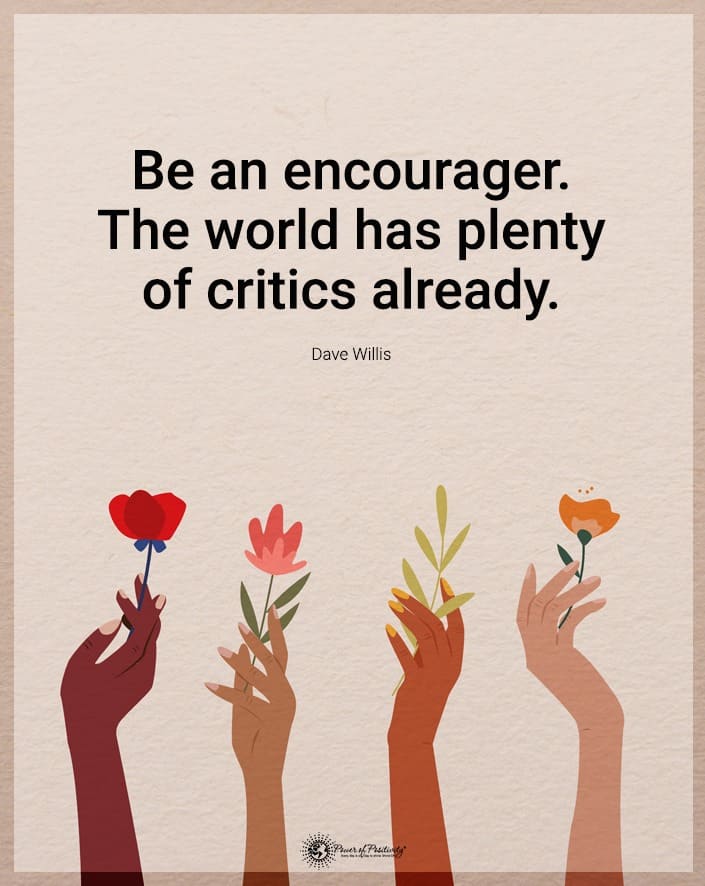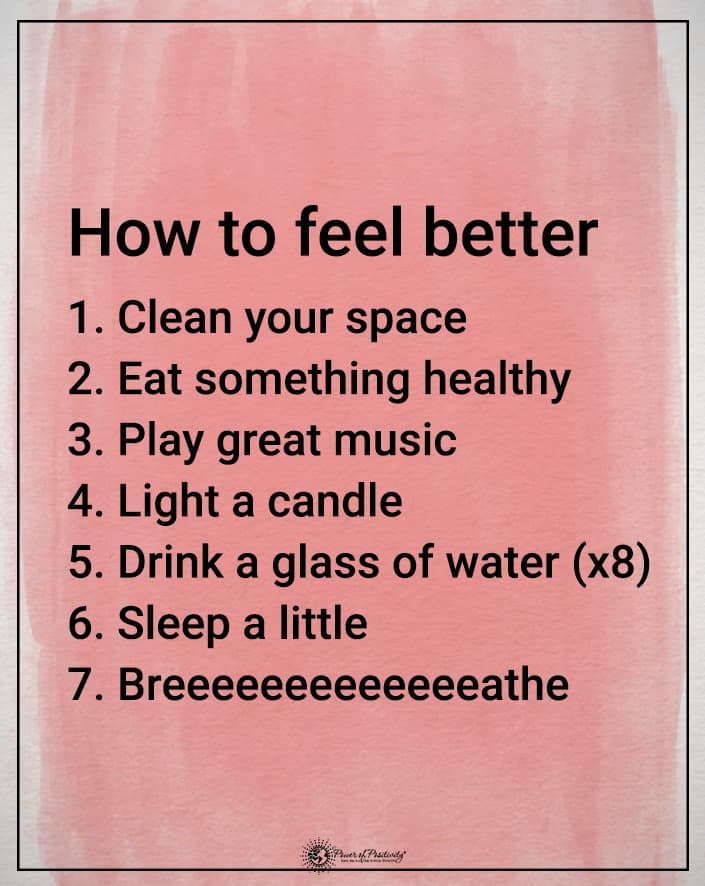Everyone has bad habits, and many people wonder how to change them for good. They resist change even when they know it’s what’s best for them, hindering their progress with breaking bad habits. If you are in this position, you’ll be relieved to learn that it isn’t as hard as it seems.
Cleveland Clinic psychologist Scott Bea reveals that people resist changing their bad habits because the behaviors bring them comfort. It’s not that they don’t want to be healthy or happy, but they crave comfort. This information can help you address the issue and make positive changes in your life.
Breaking bad habits is essential because they prevent you from reaching goals and affect your health. Bad habits can also be detrimental if you’re in charge of others, whether in a leadership position or as a parent. Your behaviors will likely influence others to form the same bad habits, affecting everyone involved.
When you know what you’re up against, you can make a plan and focus your effort and energy on change. While breaking habits can be challenging, you can find success and stop reverting to your old ways. To help you get started, Bea explains seven ways to find success.
Breaking Bad Habits Starts With Understanding How Habits Form

Before you can effectively make a change, it’s helpful to know how habits form to begin with. Essentially, your brain finds comfort in the rewards that come from each pattern. It creates a neural pathway that makes the repeated activity a subconscious habit.
Habits start with a trigger or a cue that tells your brain to react automatically. Your automatic reaction might be a physical, mental, or emotional behavior in response to the stimulus. Once you act, your brain decides whether the reward is worthwhile.
Your brain determines which actions offer pleasant rewards because it releases dopamine when you experience pleasure. If a behavior relieves stress or makes you feel good, your brain releases dopamine, rewarding your brain.
Your brain remembers the habit loop, starting with the trigger. Then, anytime you encounter the cue, you’ll automatically respond the same way you did before. It creates a cycle that becomes hard to break during your daily routine.
Seven Steps to Breaking Bad Habits
While bad habits are wired into your brain, you can make a change for the better. You can break bad habits and replace them with healthier ones through constant repetition. These tips can help you with breaking bad habits once and for all.
1. Set Achievable Goals While Working on Breaking Bad Habits
One mistake people tend to make when breaking bad habits is setting unrealistic goals. They want to change everything about their life all at once, and it’s more than anyone can handle. Instead of falling into this trap, start with one habit at a time, adding in others as time goes on.
Once you set your first goal, make sure to ease into the change. Pushing yourself too much the first day can cause you to stop trying altogether. Instead, set smaller goals leading up to overall improvement. Make sure your plan is specific and gives you something to focus on.
If you want to be healthier, choose certain achievable behaviors that you can consciously do. For instance, start eating a healthy lunch each day, consuming essential vitamins and nutrients. Then, once you become comfortable with that, you can change your breakfast routine and then dinner routine.
Similarly, if you want to become more physically active, you’ll want to start with low-intensity exercises that are short. Start with 10 minutes, working your way up to more extended periods. These small increments make developing a new daily routine easier as you gradually eliminate the harmful actions.
2. Avoid Temptation
Avoiding temptation is sometimes the best way to go when you’re breaking bad habits. Whenever possible, stay away from your trigger. If comfort food is your problem, stop buying it and remove it from your home.
However, it isn’t always possible to avoid your bad habit triggers. When encountering the cue, use the words “I don’t” instead of “I can’t” because research shows it’s more effective. Saying “I don’t” helps you avoid giving into temptation, whereas “I can’t” can cause you to resist change.
3. As You Are Breaking Bad Habits, You Will Be Uncomfortable
Breaking bad habits is uncomfortable, so you must prepare for it. You’ll want to resist discomfort by giving into your usual behavior, but it won’t help you long-term. Remember that the pain will ease as you get used to the change.
This situation is where willpower comes in because you’ll have to tell yourself no. Accept that it will cause discomfort, and you’ll be more likely to succeed.
4. Acknowledge That Breaking Bad Habits Doesn’t Happen Overnight
Breaking bad habits is a journey, and there will be many ups and downs along the way. You can easily fall back into the cycle, starting all over again. However, if you experience a relapse, know that you can start again.
It often takes many tries before you successfully break a habit, so remember that it is a journey and not a one-time process. Your mind and body will likely resist the change at first, sending stress signals because of the new action. This situation is all part of the journey, and you’ll eventually adapt to the change, allowing you to embrace the new rewards.
It might help to plan for moments when you want to give in. You know they’ll happen throughout the journey, so prepare for what you’ll say to yourself to entice willpower.
5. Reward Yourself
To overcome bad habits, you must find an even better reward to replace them. The incentive doesn’t have to be something tangible, as it can simply come from the way your action makes you feel.
One incentive could be saving money. Every time you urge to purchase the product, set the money aside instead, saving up for something you want. If your habit doesn’t involve buying anything, you can put a dollar aside every time you resist the urge.
Establishing incentives makes it more likely that you’ll continue breaking bad habits. Figure out the reason for your bad habit, and then find a beneficial way to handle it instead. For instance, if you eat snacks as a distraction from work, find a better distraction such as taking a walk.
6. Come Up with a Plan for Breaking Bad Habits
Having a plan is an excellent way to encourage successful change in your life. Start by choosing a start date and writing a list of the behavior you’re starting with. Remember to use specific goals that lead you to the overall change.
Another way you can plan is by thinking about your triggers and what you can do to avoid them. Consider whether someone else leads you to the behavior, and consider distancing yourself from them. If your habit is related to a specific location, limit your time at that place.
Likewise, if your habit is about the feeling that follows it, come up with something else that gives you the same emotion. Ask yourself why you keep doing the action and then find something positive to replace it with.
7. Find Ways to Maintain
As you work to reach your goal and even after you’ve achieved it, maintaining your objectives is essential. It will take time and effort for your mind and body to adjust, so be patient with yourself. It’s easier to maintain the change when you make gradual improvements, making it less daunting.
If it helps, carry a list of benefits with you to reference at times of weakness. Make some of the benefits immediate instead of ones you won’t experience until later. In a moment of weakness, you need something to help you overcome right away.
Tracking your progress also helps with maintaining your new habits. When you see your progress, it’ll motivate you to keep going with the change. Don’t obsess over it, but take time once a week to evaluate your progress.
As you track your progress, pay attention to your improvements and shortcomings. The progress will help motivate you, and the imperfections will show you where you need more resiliency.
However, don’t change your plan after just one week if your results aren’t what you wanted. It sometimes takes a few weeks to see results when breaking a habit. Instead, see how things progress for a while, and then switch it up if it isn’t working.
The ultimate aspect of maintaining your new habits is to keep practicing them. Reinforce them until it requires less willpower and becomes your new automatic behavior.
Final Thoughts on Psychologist Reveals Seven Easy Steps to Breaking Bad Habits
Breaking bad habits can be tricky if you don’t know the best steps to follow. However, you must replace bad habits with good ones to improve your overall well-being. Bad habits are incredibly detrimental to your mental and physical health, so it’s worth the discomfort.
These tips can help you make a beneficial change in your life. Remember that you will likely experience setbacks, but it’ll get easier the more you consciously change your behavior.
The post Psychologist Reveals 7 Easy Steps to Breaking Bad Habits appeared first on Power of Positivity: Positive Thinking & Attitude.







